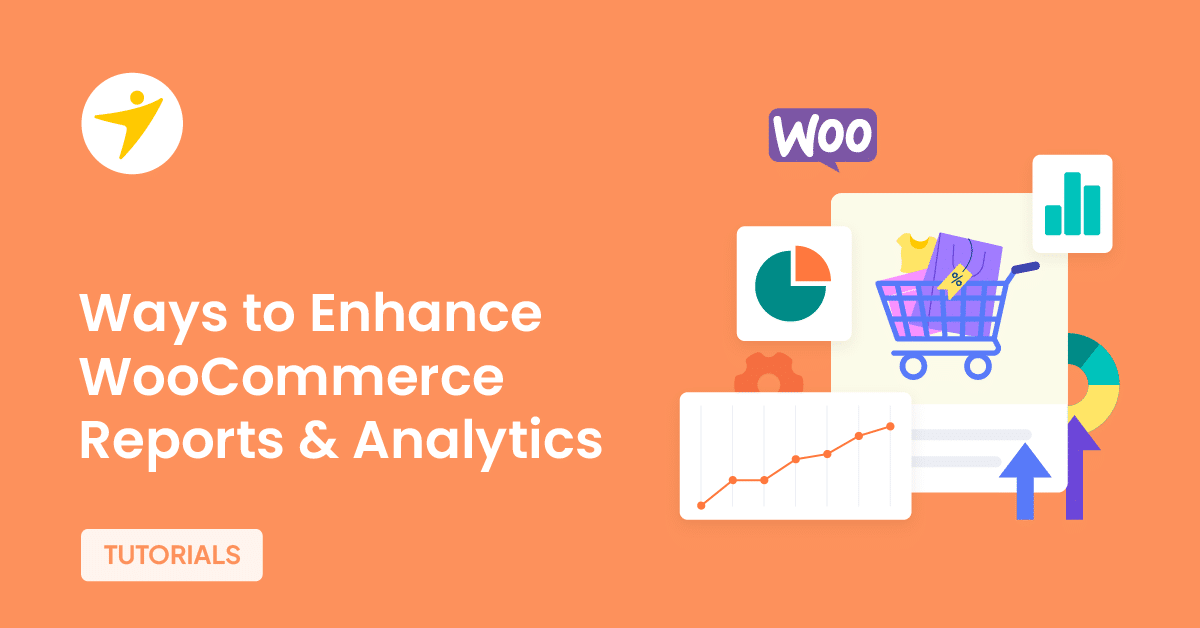If you’re running an e-commerce business in the United States, you’ve probably wondered where to start with accounting and what steps to take. Don’t worry – We’re here to explain the basics. In this blog, we’ll cover 5 key accounting tips for e-commerce business owners to help you stay on track, so keep reading!
1. Separate Personal and Business Expenses

You should always separate personal and business expenses. Mixing these two can cause confusion and create problems later.
For example, if you track all your expenses in one bank account, it becomes difficult to see how much your business is spending or earning. This could lead to mistakes in your tax filings, which might result in penalties or audits.
To avoid this, open a separate bank account specifically for your business. Use it only for business-related transactions like paying suppliers or receiving payments from customers.
Additionally, consider using a separate credit card for business purchases. This will help you keep your records organized and accurately report your deductions.
2. Automate Bookkeeping Processes

Instead of manually tracking every transaction and expense, let accounting software do the hard work for you. Today, there are many great accounting software options available to help streamline your bookkeeping, including the ones we’ve listed below.
- Intuit QuickBooks: Offers comprehensive features that cover everything from expense tracking to advanced reporting. It’s suitable for all sizes of businesses and makes bookkeeping much easier.
- Zoho Books: The best free accounting software option that gives you essential tools like invoicing and expense tracking.
- FreshBooks: Known for its ease of use, it has a clean interface that makes tracking your finances simple. It’s great if you want something straightforward without complicated setups.
- Xero: Excels in document management, making it simple to store and organize receipts and invoices digitally. This way, you won’t lose important financial data.
- NetSuite: It specializes in automation and workflows, helping you eliminate repetitive tasks and save you time.
No matter which software you choose, make sure to carefully review all the options and select the one that best fits your needs. You surely can’t go wrong with any of these!
3. Reconcile Accounts Regularly

Reconciling accounts means comparing your financial records to your bank and credit card statements to ensure they match. If they don’t, you must investigate the discrepancies to find errors or missing transactions.
Doing this helps identify mistakes early on, such as double entries or forgotten expenses, so you can correct them before they become bigger problems.
Start by gathering all your bank and credit card statements and comparing them to your internal financial records. Check for any differences, like transactions that appear on one set of records but not on the other.
Correct any mistakes you find, and ensure all your records are consistent. Keeping a monthly or even weekly reconciliation schedule ensures your books stay accurate and up-to-date.
4. Optimize Shipping Costs

High shipping costs can discourage customers from completing their purchases, while efficient shipping can boost your sales.
Start by negotiating rates with multiple carriers. Don’t just stick with one shipping company. Compare quotes from FedEx, UPS, USPS, and other regional carriers to find the best rates.
Some carriers offer discounts for businesses that ship frequently or in large volumes. Make sure you ask for these discounts.
Research and find a solid shipping software that integrates with your e-commerce platform to streamline the shipping process. It can help you identify the most cost-effective shipping options for each order.
Packaging also plays a role in optimizing shipping costs. Use boxes that fit your products snugly to avoid extra weight charges. If possible, use flat-rate shipping options offered by USPS or other carriers.
Be upfront about shipping costs with your customers. Provide multiple shipping options, including standard, expedited, and overnight, so they can choose the one that suits them best.
5. Prepare for Tax Deductions

By knowing which expenses are deductible and keeping organized records, you can significantly lower your taxable income and save money.
Start by understanding the types of expenses that are commonly deductible. These include costs directly related to running your business, like office supplies, advertising, equipment, and shipping fees.
Don’t overlook deductions for travel and meals. If you attend trade shows or meet with suppliers and clients, those travel expenses can be deducted. Meals during these trips can also be written off, but remember to keep all receipts and document the purpose of each meeting.
If you work from home, a portion of your home expenses may be deductible. This can include mortgage interest or rent, utilities, and maintenance costs. However, it’s crucial to ensure your home office is exclusively used for business.
The cost of unsold inventory at the end of the year is another important deduction. Carefully calculate your inventory costs to reduce your taxable income.
If you’re ever unsure about evaluating your tax deductions, consider hiring an accountant specializing in e-commerce accounting services to help you. They know how to assess your inventory costs and make sure you’re taking full advantage of all the deductions available to you.
And there you have it! Follow our advice, and you’ll grasp accounting in no time. Remember – if you’re not sure what to do, don’t hesitate to ask for help. Do your research, stay organized and prepared, and good luck with your e-commerce business!


